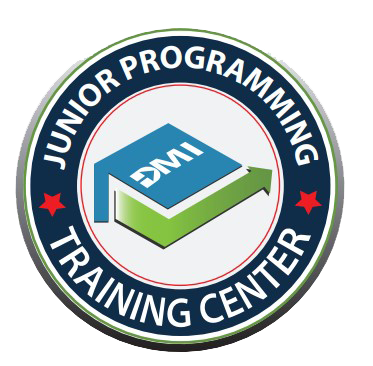Digital Marketing Institute & Training Center Offer Website Design Fast Track Training online and onsite. If you are looking for a website design training fast track course, please call us as soon as possible.
Our Training Course Syllabus is as follows. A comprehensive HTML and CSS training course should cover the following topics:
-
Introduction to HTML: Understanding the basics of HTML, including document structure, tags, attributes, and syntax.
-
HTML Text Formatting: Formatting text in HTML, including headings, paragraphs, lists, links, and images.
-
HTML Tables: Creating and formatting tables in HTML, including table elements, table attributes, and table headers.
-
HTML Forms: Building and styling forms in HTML, including input types, labels, and form validation.
-
Introduction to CSS: Understanding the basics of CSS, including selectors, properties, and values.
-
CSS Layouts: Creating and styling layouts in CSS, including box model, positioning, floats, and grids.
-
CSS Typography: Styling text in CSS, including fonts, font sizes, font families, and font weights.
-
CSS Colors and Backgrounds: Adding colors and backgrounds to HTML elements using CSS.
-
CSS Transitions and Animations: Creating animated effects using CSS, including transitions, animations, and keyframes.
-
Responsive Design: Creating responsive web designs that adapt to different screen sizes, including media queries, fluid layouts, and responsive images.
-
CSS Frameworks: Using popular CSS frameworks, such as Bootstrap and Foundation, to streamline web development and styling.
-
CSS Preprocessors: Using CSS preprocessors, such as Sass and Less, to simplify and enhance the process of writing CSS.
Overall, a good HTML and CSS training course should provide a solid foundation in HTML and CSS, as well as cover other important topics like responsive design, CSS frameworks, and preprocessors. It should also include hands-on exercises and projects to help students practice and apply what they have learned.

